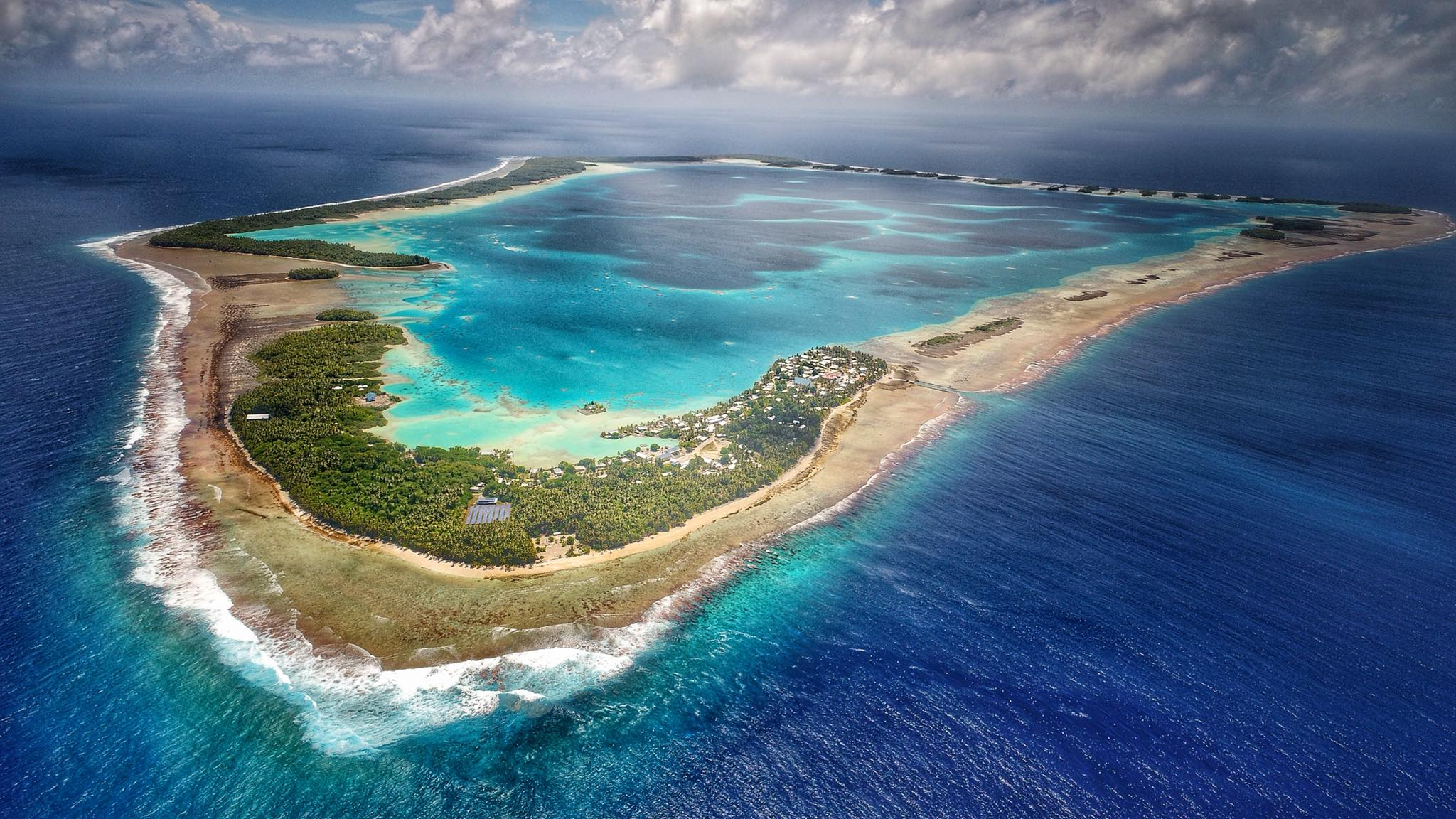Tokelau, a remote territory in the South Pacific Ocean, consists of three small atolls known for their pristine natural beauty and unique cultural heritage. Situated approximately halfway between Hawaii and New Zealand, Tokelau offers an untouched and tranquil escape from the hustle and bustle of modern life. Its isolation, combined with its rich Polynesian culture and stunning natural landscapes, makes Tokelau a fascinating destination for those seeking a serene and off-the-beaten-path adventure.
Table of Contents
Geography
Tokelau is composed of three atolls: Atafu, Nukunonu, and Fakaofo, each featuring beautiful coral reefs, white sandy beaches, and turquoise lagoons. The total land area of Tokelau is about 12 square kilometers, making it one of the smallest territories in the world. The atolls are located in the South Pacific Ocean, roughly 4,000 kilometers northeast of New Zealand and 2,600 kilometers southwest of Hawaii. They are part of the larger Polynesian region and are surrounded by vast ocean expanses that contribute to their seclusion.
The atolls are low-lying, with an average elevation of just a few meters above sea level. The coral reefs surrounding Tokelau provide a natural barrier against ocean swells, creating calm, shallow lagoons that are ideal for snorkeling and other water activities. The islands’ tropical climate ensures warm temperatures year-round, with a wet season from November to April and a dry season from May to October.
States of Tokelau
The island is not a country with states. It is a territory of New Zealand, consisting of three small atolls: Atafu, Nukunonu, and Fakaofo. These atolls are the main administrative divisions of Tokelau.
History
Tokelau’s history is deeply intertwined with Polynesian navigation and settlement. The atolls were first settled by Polynesian voyagers around 1,000 years ago. These early settlers established a traditional way of life centered around fishing, agriculture, and communal living. The islands were originally known as the “Luncheon Atolls” by European explorers, but the name “Tokelau,” meaning “north wind,” reflects the islands’ Polynesian heritage.
In the 19th century, The island came into contact with European missionaries and traders. The introduction of Christianity and Western influences led to significant changes in the islands’ social and cultural dynamics. Tokelau became a part of the British Empire in the late 19th century and later came under the administration of New Zealand in 1926. The island achieved self-governance in 1976, and it remains a New Zealand territory, with a unique status of self-administration under New Zealand’s oversight.
Throughout the 20th century, The island faced challenges related to isolation, economic development, and environmental issues. Despite these challenges, the islanders have preserved their cultural heritage and continue to maintain a traditional way of life while adapting to modern influences. Today, The island remains a symbol of Polynesian resilience and cultural continuity.
Top Ten Must-Visit Destinations
1. Atafu Atoll
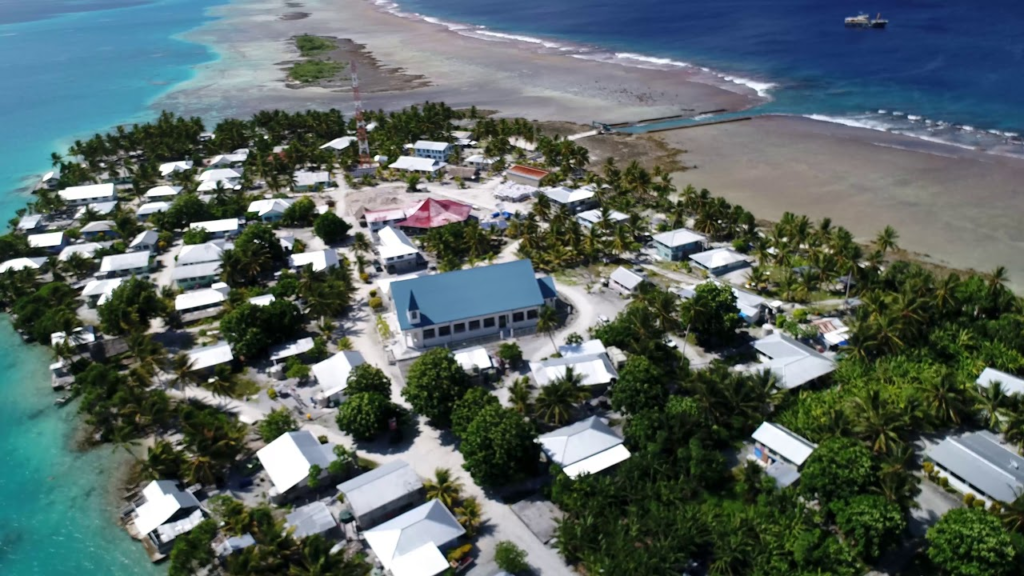
Atafu Atoll is one of the three atolls that make up Tokelau. Known for its pristine beaches and crystal-clear lagoons, Atafu offers a serene environment ideal for snorkeling, swimming, and enjoying the natural beauty of the Pacific. The atoll’s shallow lagoons and vibrant coral reefs make it a popular spot for observing marine life. Visitors can explore the atoll’s traditional villages, interact with the local community, and experience the island’s unique culture.
2. Nukunonu Atoll
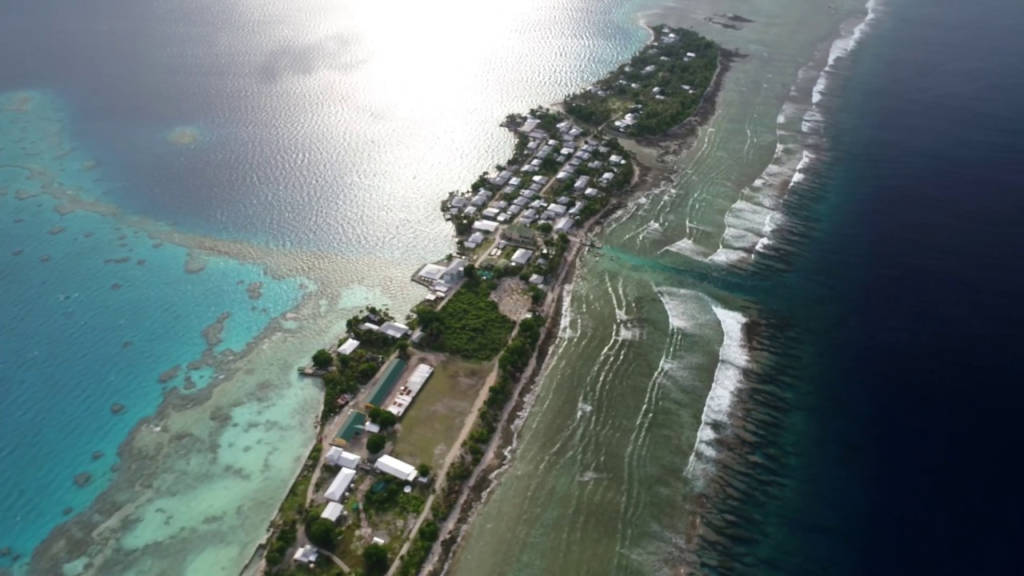
Nukunonu Atoll is the largest of Tokelau’s atolls and features stunning coral reefs and sandy islets. The atoll’s lagoons are home to diverse marine species, making it an excellent destination for snorkeling and underwater exploration. Nukunonu offers a glimpse into traditional Tokelauan life, with opportunities to visit local villages and learn about the islanders’ customs and traditions. The atoll’s natural beauty and cultural heritage make it a must-visit destination.
3. Fakaofo Atoll

Fakaofo Atoll is renowned for its picturesque landscapes and vibrant coral reefs. The atoll’s tranquil lagoons and traditional Polynesian villages provide a unique cultural experience. Visitors can explore the island’s natural beauty, participate in traditional ceremonies, and learn about the islanders’ way of life. Fakaofo’s stunning scenery and rich cultural heritage make it a captivating destination for travelers seeking an authentic Polynesian experience.
4. Te Kauhaga Beach

Located on Nukunonu Atoll, Te Kauhaga Beach is a beautiful stretch of white sand bordered by palm trees and clear blue waters. It’s an ideal place for relaxation, swimming, and enjoying the peaceful surroundings. The beach is also a great spot for watching the sunset over the Pacific Ocean.
5. Matagi Island
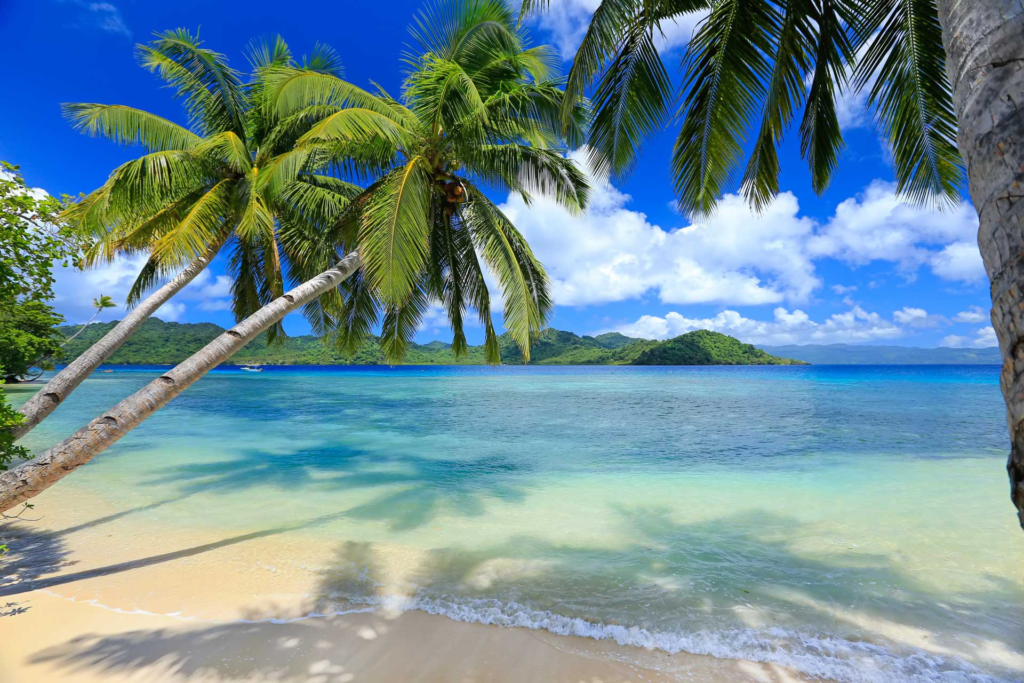
Matagi Island is a small, uninhabited island near Nukunonu Atoll, known for its untouched natural beauty. The island is a haven for birdwatchers and nature enthusiasts, offering a peaceful environment to observe Tokelau’s native flora and fauna. It’s also a popular spot for day trips and picnics.
6. Pulaka Pits
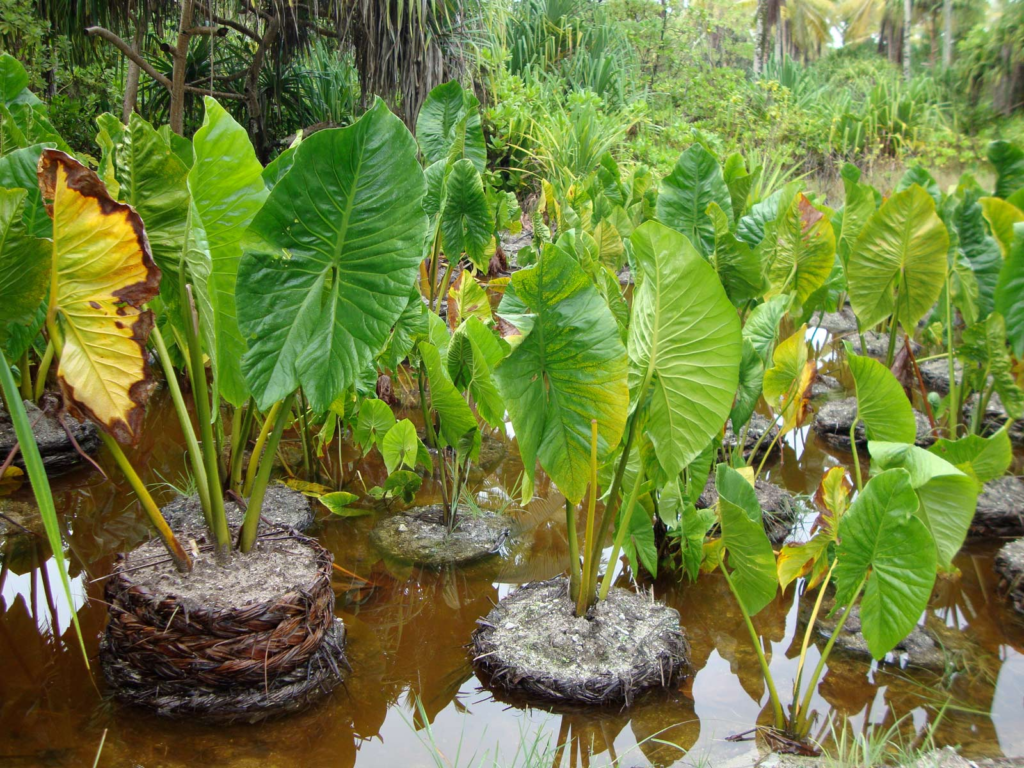
Pulaka Pits are traditional agricultural sites found on each atoll, where the staple crop pulaka (a type of taro) is cultivated. Visiting these pits offers insight into Tokelau’s subsistence farming practices, which have been passed down through generations. These areas also reflect the Tokelauan people’s ingenuity in adapting to their environment.
7. Vaitupu Island
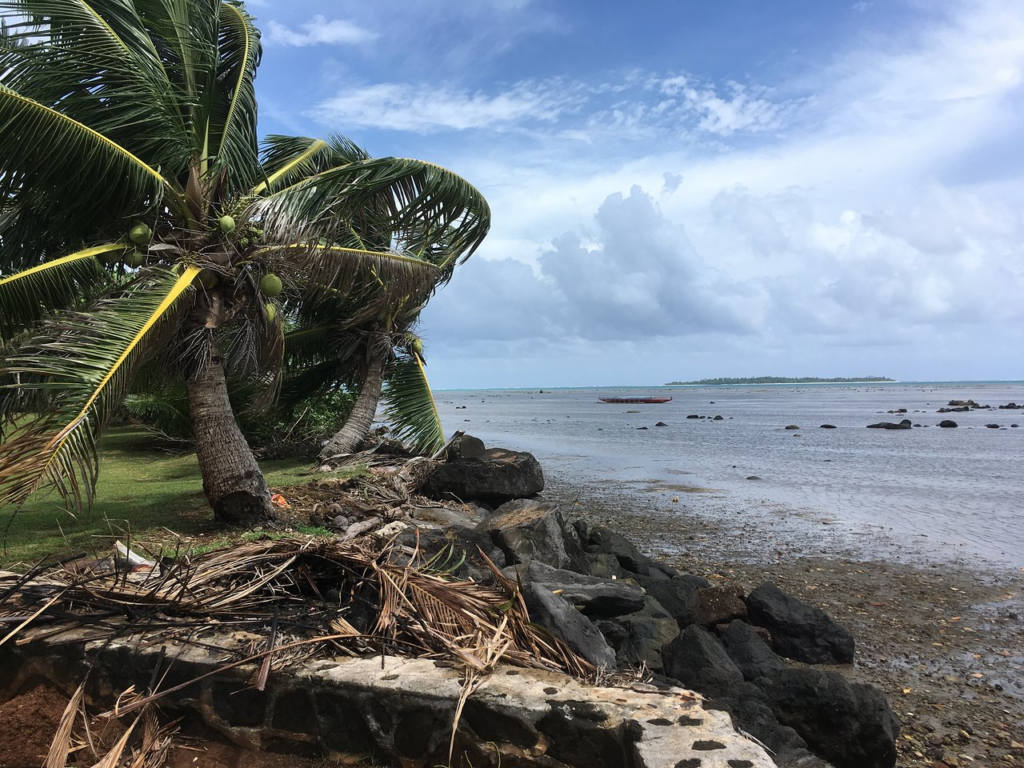
Vaitupu Island is located near Fakaofo Atoll and is one of Tokelau’s most scenic spots. The island is largely undeveloped, making it a perfect destination for eco-tourists looking to experience the natural beauty of the Pacific. The island is surrounded by coral reefs, providing excellent opportunities for snorkeling.
8. Tokelau Marine Protected Area
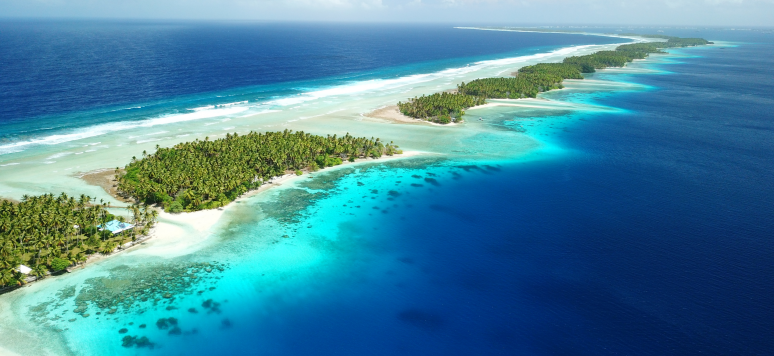
This expansive marine reserve covers the waters around the three atolls of Tokelau. The area is rich in biodiversity, with numerous species of fish, coral, and marine mammals. It’s a prime location for diving and eco-tourism, offering visitors a chance to explore one of the Pacific’s most pristine marine environments.
9. Tokelau Historical Sites

Exploring historical sites on the atolls reveals the islands’ colonial past and interactions with European explorers. These sites provide a deeper understanding of Tokelau’s historical development and cultural evolution. Visitors can learn about the islands’ history through guided tours and exhibits, gaining insight into the impact of European contact on Tokelau’s society.
10. Tialeniu Village
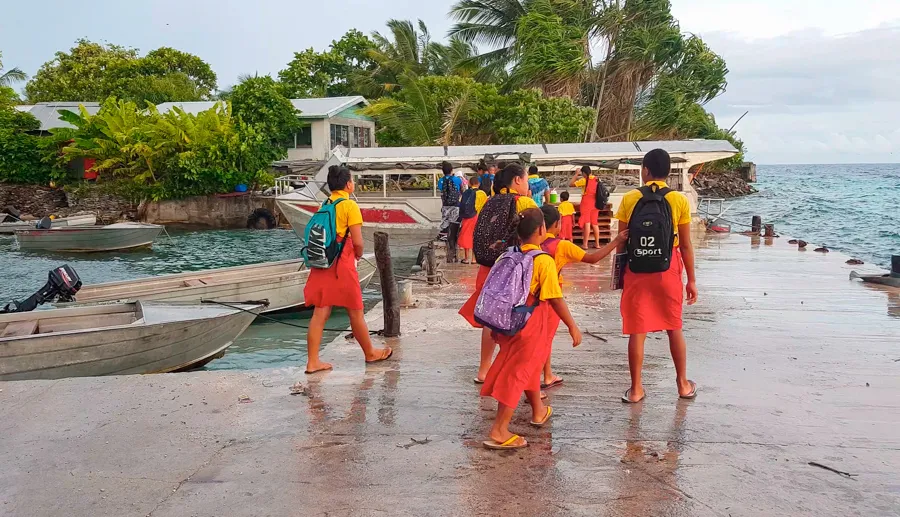
Tialeniu Village on Fakaofo Atoll is known for its traditional architecture and strong community spirit. The village features well-preserved fale (traditional houses) and serves as a center for cultural activities. It’s a great place to learn about Tokelauan social structures and participate in local festivals.
Culture
The culture of The island is deeply rooted in Polynesian traditions and customs. The islanders maintain a communal way of life centered around family, tradition, and the natural environment. Traditional practices such as fishing, weaving, and carving are integral to Tokelauan culture, and these skills are passed down through generations.
The Tokelauan language, a Polynesian language related to Samoan and Tongan, is spoken alongside English. The language reflects the islands’ cultural heritage and plays a crucial role in preserving traditional knowledge and customs. Cultural practices, including traditional dance, music, and storytelling, are essential aspects of Tokelauan life and are celebrated during community events and festivals.
Festivals
The island hosts several cultural festivals and events throughout the year that celebrate its Polynesian heritage. These festivals often include traditional dance performances, music, and feasts. One of the most notable events is the Tokelau Day, which commemorates the territory’s cultural identity and heritage. During this event, the islanders showcase their traditional crafts, music, and dance, providing visitors with a vibrant and immersive cultural experience.
Economy
The economy of The island is primarily based on subsistence agriculture, fishing, and remittances from Tokelauans living abroad. The islands’ isolation and limited resources present challenges, but the community relies on traditional practices and external support to sustain their way of life. The New Zealand government provides financial assistance to Tokelau, helping to support public services and infrastructure development.
Tourism plays a modest role in the economy, with visitors drawn to Tokelau’s natural beauty and cultural heritage. However, the remote location and limited facilities mean that tourism remains a small but growing sector of the island’s economy.
Cuisine
Tokelauan cuisine reflects the islands’ Polynesian heritage and maritime environment. Traditional dishes often feature seafood, coconut, and tropical fruits. Local favorites include “palusami,” a dish made from taro leaves and coconut milk, and “ika mata,” a raw fish salad marinated in citrus juices and coconut milk. The islanders also enjoy traditional foods such as roasted pig and various local fruits.
Top Eight Most Famous Food


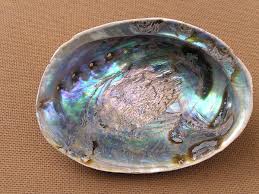
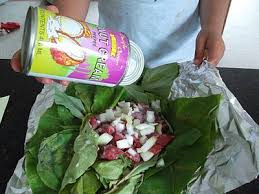
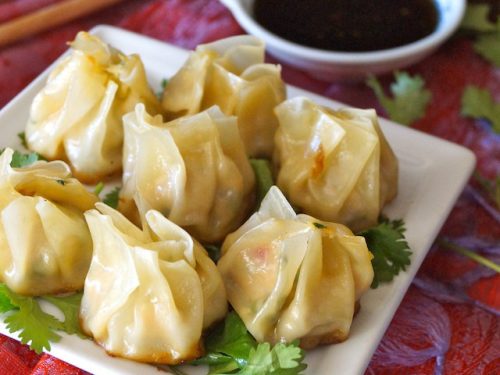



Ten Interesting Facts
- Tokelau is one of the most remote and least visited territories in the world.
- The territory consists of three atolls: Atafu, Nukunonu, and Fakaofo.
- The island’s total land area is approximately 12 square kilometers.
- The islands’ isolation contributes to their pristine natural environment and unique cultural heritage.
- Tokelau was first settled by Polynesian voyagers around 1,000 years ago.
- The territory is administered by New Zealand but has a degree of self-governance.
- Traditional Tokelauan crafts include weaving and carving, which are integral to the islanders’ cultural practices.
- Tokelauan language is a Polynesian language related to Samoan and Tongan.
- The Tokelau Marine Reserve protects the coral reefs surrounding the atolls.
- The island’s economy relies on subsistence agriculture, fishing, and remittances from abroad.
Conclusion
Tokelau, with its remote location and rich Polynesian heritage, offers a unique and tranquil escape for those seeking an off-the-beaten-path adventure. The islands’ stunning natural beauty, vibrant cultural traditions, and serene environment make Tokelau a captivating destination for travelers interested in exploring one of the most secluded corners of the Pacific. Whether visiting the traditional villages, snorkeling in the crystal-clear lagoons, or participating in local festivals, The island provides an unforgettable experience that celebrates the essence of Polynesian life.

